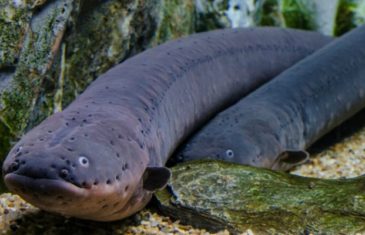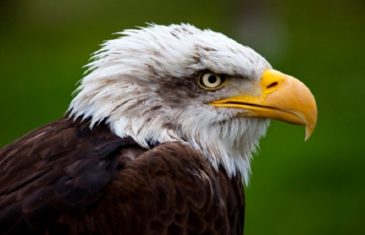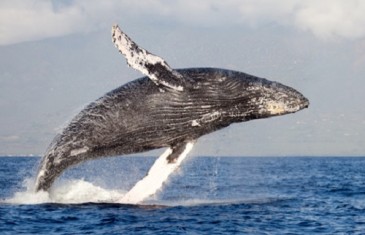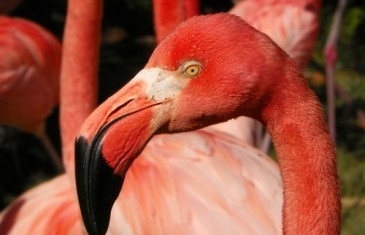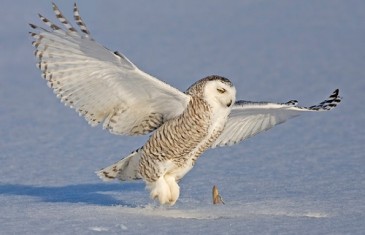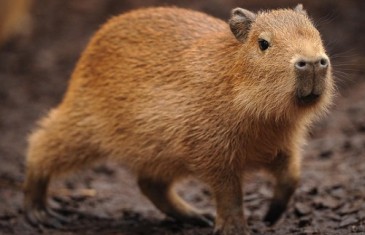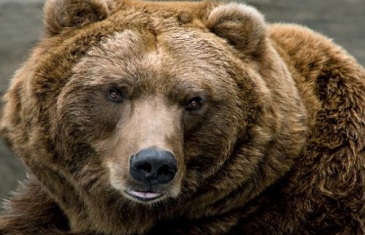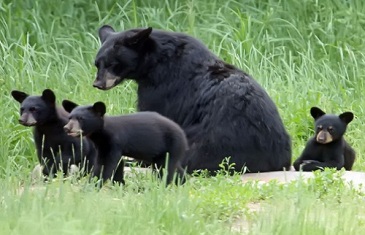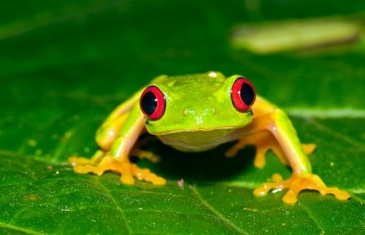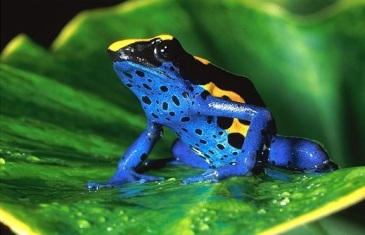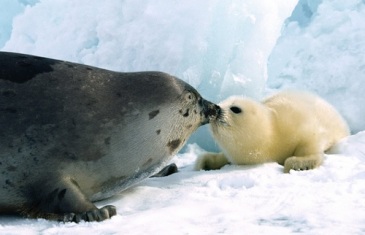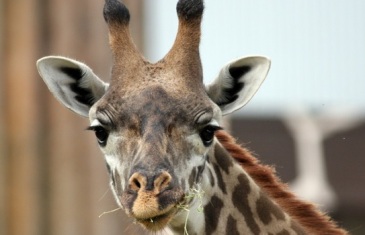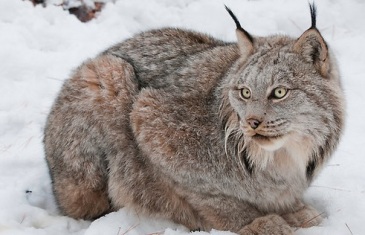Interesting Facts Electric eels are not true eels but they have a strong resemblance to true eels (Anguilliformes). They are Gymnotiformes commonly known as South American knifefish or neotropical fish. These fish can produce up to 650 volts of electricity enough to severely injure humans and other animals. Male electric eels make a nest with […]
Read moreAn adult bald eagle, young ones do not have white plumage in the head and tail. o o Cool facts about the bald eagle The Bald Eagle has been the national emblem of the United States since 1782. Benjamin Franklin did not approve of the bald eagle as the US emblem. He thought it […]
Read moreo o Name Scientific name: Megaptera novaenanglia. Megaptera is derived from the Greek mega for “large” and pteron for “wing”. Novaeangliae for New England where the humpback was first described scientifically. Common name: Humpback whale, hump whale, hunchbacked whale. Conservation Status The humpback whale is listed as Least Concern by the IUCN. Its status was […]
Read moreo o Population and Conservation Status Chilean flamingo (Phoenicopterus chilensis) – Near Threatened. The Chilean flamingo breeds erratically and irregularly. The IUCN estimates a total population of 300,000 individuals. Caribbean flamingo (Phoenicopterus ruber ruber) – Least Concern. This species has a large range with an increasing population. Lesser flamingo (Phoeniconaias minor) – Near Threatened. Decreasing […]
Read moreConservation Status The snowy owl (Bobus scandiacus) has a wide distribution and healthy population numbers, though its trend is declining. According to the IUCN its global population is estimated at more than 300,000 individuals. It does not meet the criteria for Vulnerable and it is listed as Least Concern by the IUCN Red List of Endangered […]
Read moreTaxonomy Kingdon: Animalia Phylum: Chordata Class: Mammalia Order: Rodentia Family: Caviidae Genus: Hydrochoerus Species: Hydrochoerus hydrochaeris Name Common Name: Capybara Scientific Name: Hydrochoerus hydrochaeris o o Distribution and Habitat Capybaras are distributed throughout the basins of the Orinoco, Amazon, San Francisco and La Plata Rivers. Water and temperature are the main factors in its distribution. […]
Read moreTaxonomy 0 Kingdom Phylum Class Order Family Genus Species Animalia Chordata Mammalia Carnivora Ursidae Ursus Ursus arctos 0 Name Common name: Brown bear, grizzly, grizzly bear. Scientific name: Ursus arctos. Distribution The brown bear has a circumpolar distribution historically covering most of North America, northern Asia, Europe, the Atlas Mountains of North Africa […]
Read moreTaxonomy Kingdom Phylum Class Order Family Genus Species Animalia Chordata Mammalia Carnivora Ursidae Ursus Ursus Americanus 0 0 Name Scientific name: Ursus Americanus. Common name: American black bear, Olympic black bear. Physical Features The black bear is the smallest of the North American bears. The other North American bears are the and the They have […]
Read moreKingdom Phylum Class Order Family Genus Species Animalia Chordata Amphibia Anura Hylidae Agalychnis Agalychnis callidryas 0 0 Name Scientific name: Agalychnis callidryas. Common Name: Red eyed tree frog or Red eyed leaf frog. Range and Habitat The red eyed tree frog, also known as red eyed leaf frog, is an amphibian native to Central American countries, […]
Read moreWhat is in a name? Local Amerindians in the Amazon rainforest used toxins from the skin of these frogs to poison the tips of their blow darts, therefore the name poison dart frog. Taxonomy Kingdon: Animalia Phylum: Chordata Class: Amphibia Order Anura Suborder: Neobatrachia Family: Dendrobatidae 0 Physical Features Poison dart frogs have bright colorful […]
Read moreTaxonomy Kingdom: Animalia Phylum: Chordata Class: Mammalia Order: Carnivora Family: Phociadae Genus: Pagophilus Species: Pagophilus Groenlandicus 0 0 Name Common name: Harp seal or Greenland seal. Scientific name: Pagophilus Groenlandicus Distribution and Habitat The harp seal (Pagaphilus groenlandicus) is a marine mammal that lives in defined breeding grounds in the Arctic. There are three populations. The […]
Read more0 Taxonomy Kingdom: Animalia Phylum: Chordata Class: Mammalia Order: Artiodactyla Family: Giraffidae Genus: Giraffa Species: Giraffa camelopardalis Name Common name: Giraffe. The name giraffe comes from the Arabic “zarafa” which means fast walker. Scientific name: Giraffa camelopardalis 0 Distribution and Habitat Their habitat extends from Chad in the north to South Africa in the south and […]
Read moreTaxonomy Kingdom: Animalia Phyum: Chordata Class: Mammalia Order: Carnivora Family: Felidae Genus: Lynx Species: Lynx Canadensis 0 Name Common name: Canadian lynx. Scientific name: Lynx Canadensis Its name comes from the Greek word to “shine”, maybe in reference to their reflective cat eyes. Physical Features The Canadian lynx is a medium size wild cat. Canadian […]
Read more0 Taxonomy Kingdom: Animalia Phylom: Chordata Class: Mammalia Order: Carnivora Family: Procyoniade Genus: Procyon Species: Procyon lotor Name Common name: Raccoon, northern raccoon. Scientific name: Procyon lotor Physical Features Raccoon’s bodies are covered in a thick gray coat. They have an undercoat that accounts for 90% of its entire coat and insulates them from cold weather. […]
Read more0 Taxonomy Kingdom: Animalia Phylum: Chordata Class: Mammalia Infraclass: Marsupialia Order: Diprotodontia Suborder: Vombatiformes Family: Phascolarctidae Genus: Phascolarctos Species: Phascolarctos cinereus 0 Physical Features According to the Department of the Environment of the Australian government there is only one species of Koala with different physical features. Their fur ranges from silver gray to […]
Read more